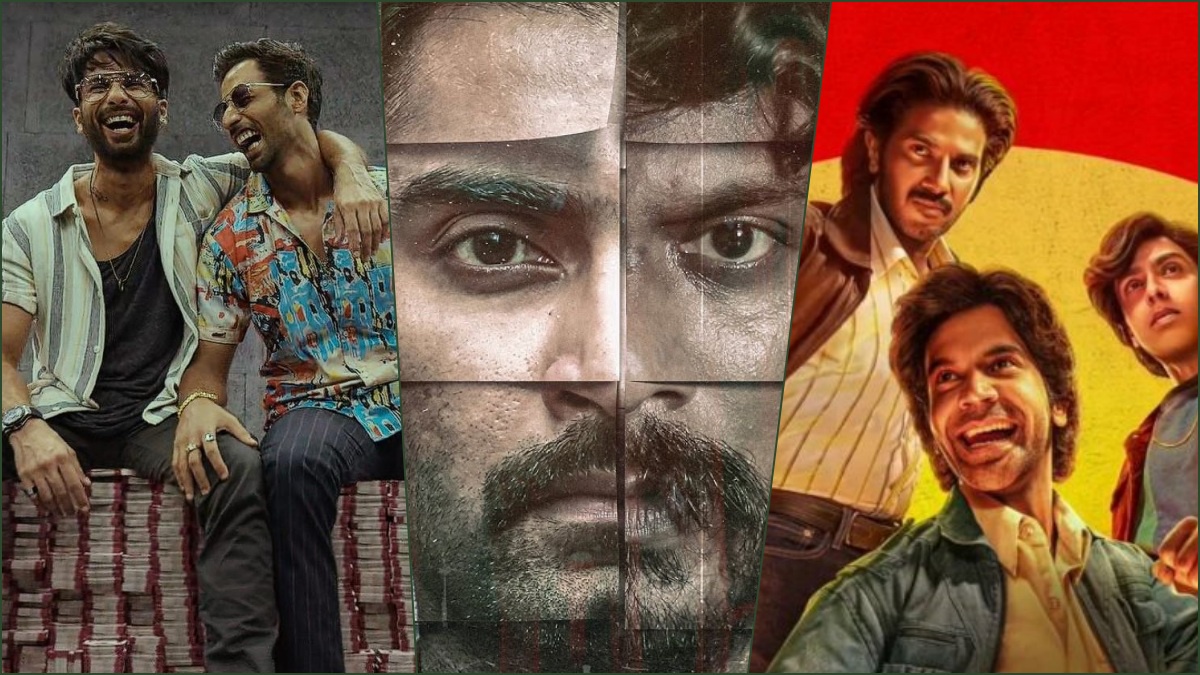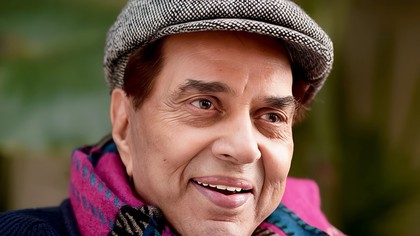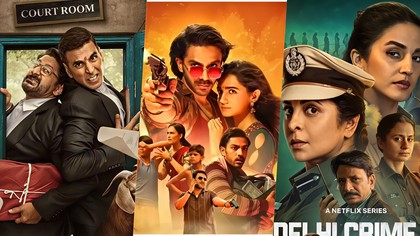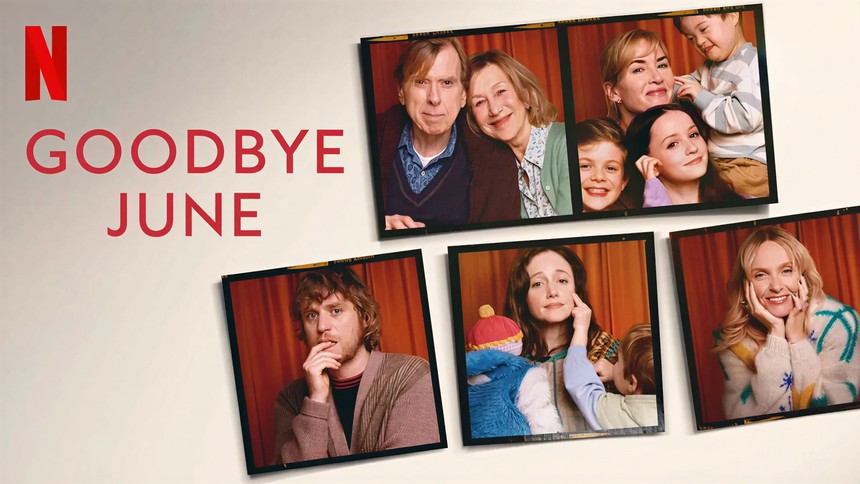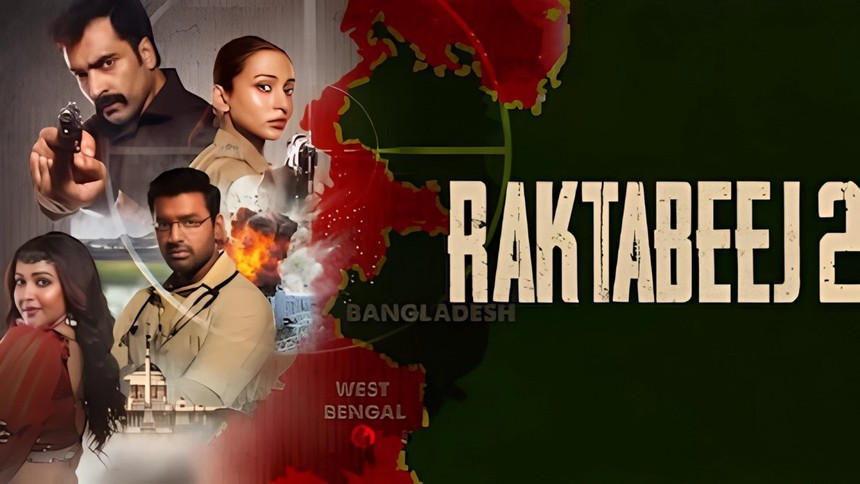Explore morally ambiguous leads who are neither saints nor monsters, yet steal every scene they’re in. These characters don’t want your sympathy. They’re flawed, complicated, and often just trying to survive a system that was never built for redemption. They may lie, manipulate, or even betray, but beneath every questionable act is a deep emotional core that makes them unshakably real.
In 9 Hours (Disney+ Hotstar), the convicts holding a bank hostage are not senseless criminals. They have families, reasons, and a survival instinct that challenges the viewer’s sense of morality. What starts as a heist becomes a ticking clock of emotional breakdowns and moral unraveling. You want them caught, but you also want them to escape.
Then comes Paper Rocket (ZEE5), where the protagonist is on a soul searching road trip, but not as a clean hearted wanderer. He carries guilt, unresolved grief, and selfish motives. His healing becomes an act of abandoning others, and that contradiction breathes life into every frame. He is running toward peace while leaving damage behind.
Vadhandhi: The Fable of Velonie (Amazon Prime Video) introduces us to a journalist whose obsession with the truth overrides compassion, privacy, and even his own ethics. As the layers of a murder case unfold, it’s not the crime that disturbs you it’s how close you come to understanding his madness.
In Auto Shankar (ZEE5), the lead is based on a real life gangster, but the narrative avoids romanticising his brutality. Instead, it shows a man shaped by desperation, betrayal, and power. He’s not framed as a victim, but the series demands the audience question how monsters are made, not born.
Lastly, Victim (SonyLIV), an anthology, gives us stories where no one is entirely right or wrong. From flawed police officers to women who choose revenge over justice, every story breaks the clean binary of hero and villain. The lines are not blurred by shock value, but by truth. Every action is a consequence, not an accident.
None of these characters ask to be liked. But they demand to be understood. They thrive in ambiguity, and it’s in that grey space that Indian storytelling finds some of its most honest reflections. In their hesitation, rage, impulse, and silence, they show us what real conflict looks like not in action, but in choices.
Follow Binge Moves on Instagram and Facebook for more stories that never walk the straight line.

